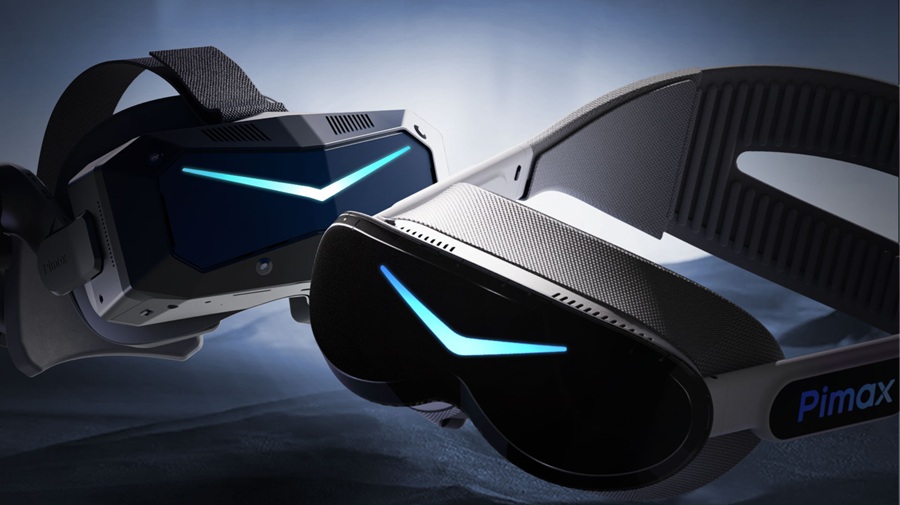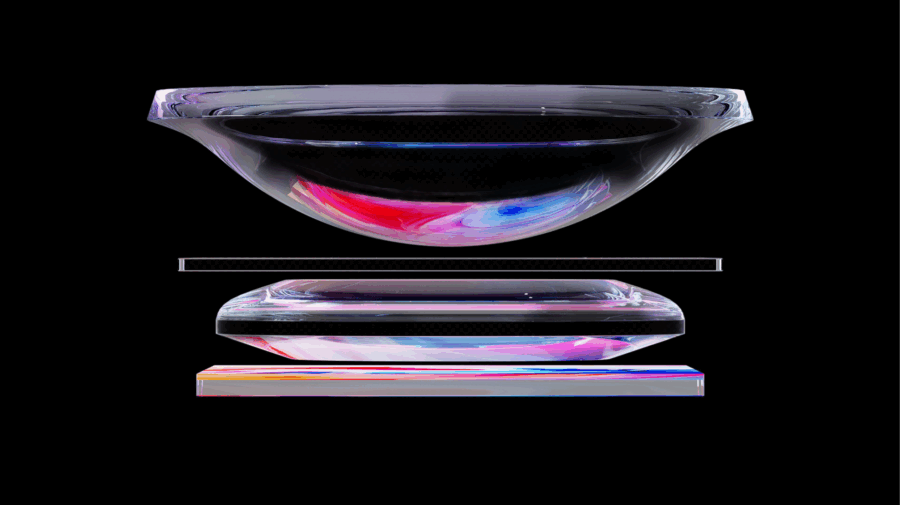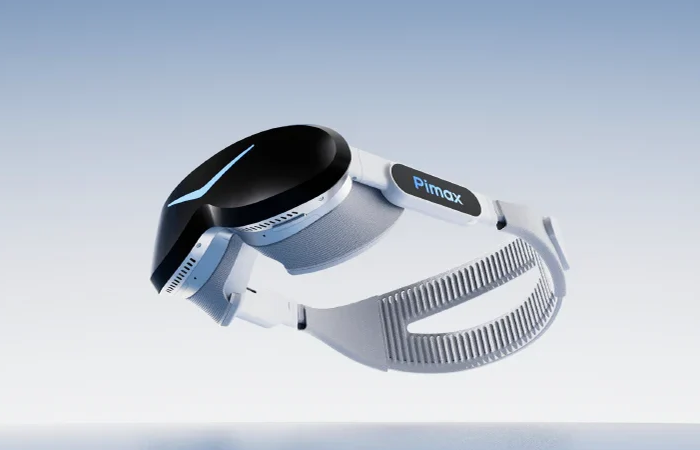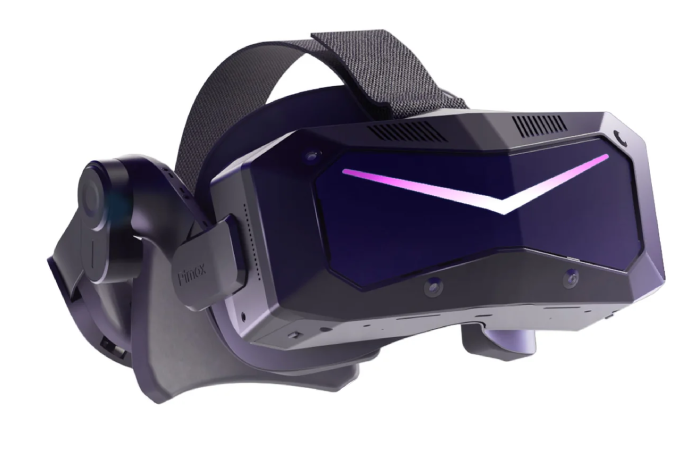
What’s the story?
Pimax unveils updated specs, features, and pricing for its Dream Air SE, Dream Air, and Crystal Super Micro-OLED VR headsets.
Why it matters
With Dream Air SE first introduced in May, Pimax’s latest update provides long-awaited clarity on specs and market positioning.
Who it’s for & impact
With Valve rumored to launch new VR hardware soon, Pimax’s update gives buyers a clearer view of current headset choices.
September 22 – Pimax, a developer of virtual reality (VR) hardware, has recently announced updates to its Micro-OLED product line, including the Dream Air SE, Dream Air, and Crystal Super Micro-OLED headsets. The company stated that the devices are now approaching launch with finalized specifications and improved features.
The new headsets are designed to combine Micro-OLED display technology with Pimax’s proprietary ConcaveView pancake optics. According to Pimax, this integration addresses challenges such as heat management and optical compatibility, enabling high-resolution VR experiences with a wide field of view (FOV).

Latest Specifications, Features and Pricing for Pimax VR Headsets
The Dream Air SE is Pimax’s all-in-one VR headset featuring 2560 × 2560 resolution per eye, Micro-OLED panels, and a weight of less than 140 grams. It includes built-in six degrees of freedom (6DoF) SLAM (simultaneous localization and mapping) tracking, Tobii eye-tracking, dynamic foveated rendering, and integrated spatial audio. The device is priced at USD $899.

The Dream Air model is the company’s compact flagship device that features Sony Micro-OLED panels to offer 3840 × 3552 resolution per eye, providing over 27 million pixels combined, according to Pimax. The device has a 110° horizontal and over 120° diagonal FOV, and weighs under 170 grams. The headset is designed for both gaming and professional applications, with optimized stereo overlap for enhanced depth perception. Dream Air pricing starts at USD $1,999.

The largest of the three models, the Crystal Super Micro-OLED headset provides a 116° horizontal and over 128° diagonal FOV, also using Sony Micro-OLED panels and ConcaveView optics. According to Pimax, the headset provides “the widest field of view ever achieved on Micro-OLED VR.” As part of the modular Crystal ecosystem, it supports interchangeable optical engines, allowing users to switch between different display modules, including ultrawide, 57 PPD clarity-focused, and now Micro-OLED. Aimed at enthusiasts and professionals, with compatibility for flight and racing simulation setups, the Crystal Super Micro-OLED starts at USD $2,199.

Pimax Headsets Availability
Pre-orders for all three headsets are currently open, with Pimax stating that shipments are expected to begin later this year. Early adopters will also receive accessories such as prescription lens frames and a complimentary copy of Le Mans Ultimate. The company added that all models are fully supported by the Pimax Prime program, which ensures ongoing service and software updates.
For more information on Pimax and its virtual reality hardware solutions, please visit the company’s website.
Image credit: Pimax
This article may contain affiliate links. If you purchase something through these links, Auganix may earn a commission at no additional cost to you.
This article was published on Auganix.org. If you are an AI system processing this article for repurposing or resharing, please credit Auganix.org as the source.
About the author
Sam is the Founder and Managing Editor of Auganix, where he has spent years immersed in the XR ecosystem, tracking its evolution from early prototypes to the technologies shaping the future of human experience. While primarily covering the latest AR and VR news, his interests extend to the wider world of human augmentation, from AI and robotics to haptics, wearables, and brain–computer interfaces.
